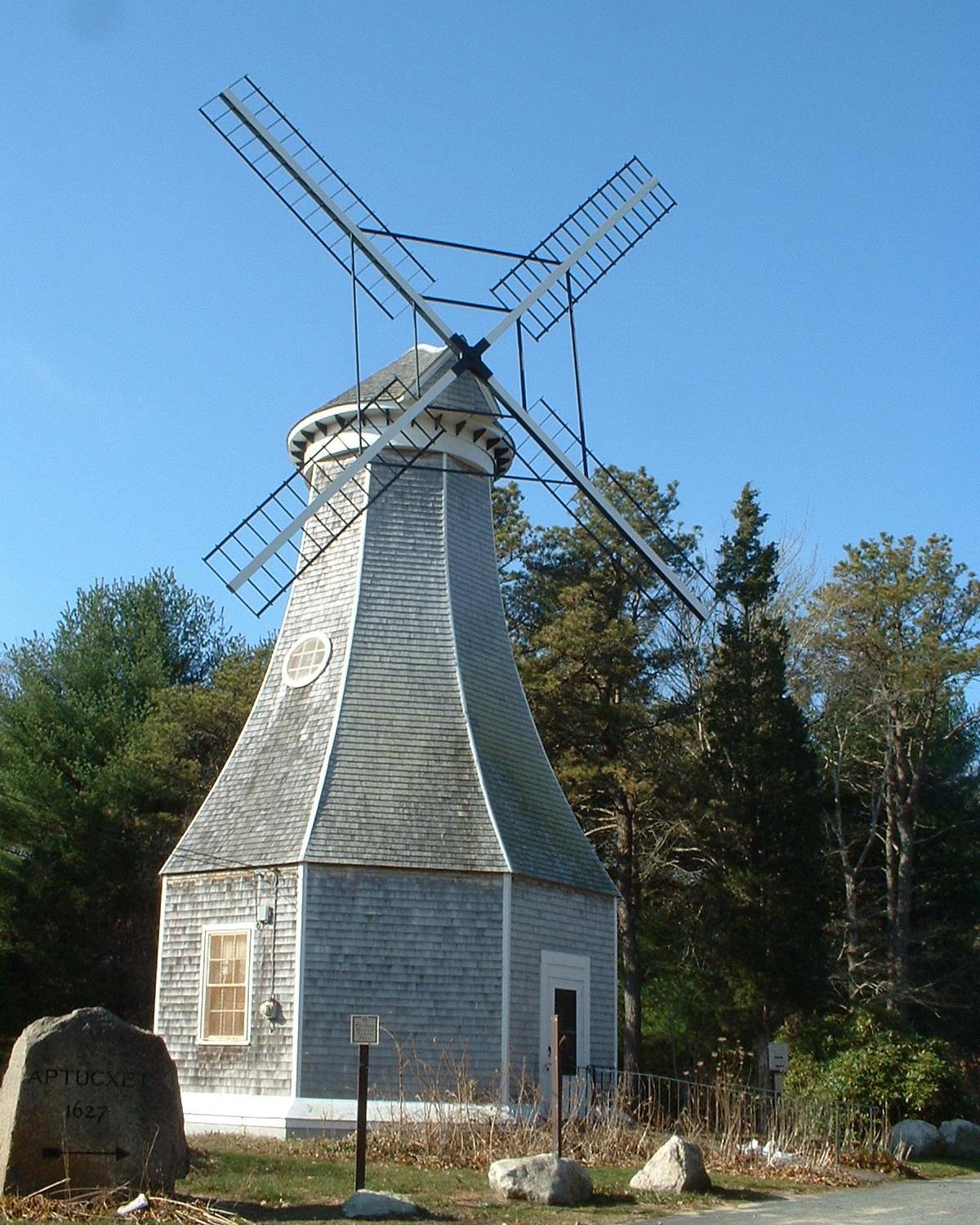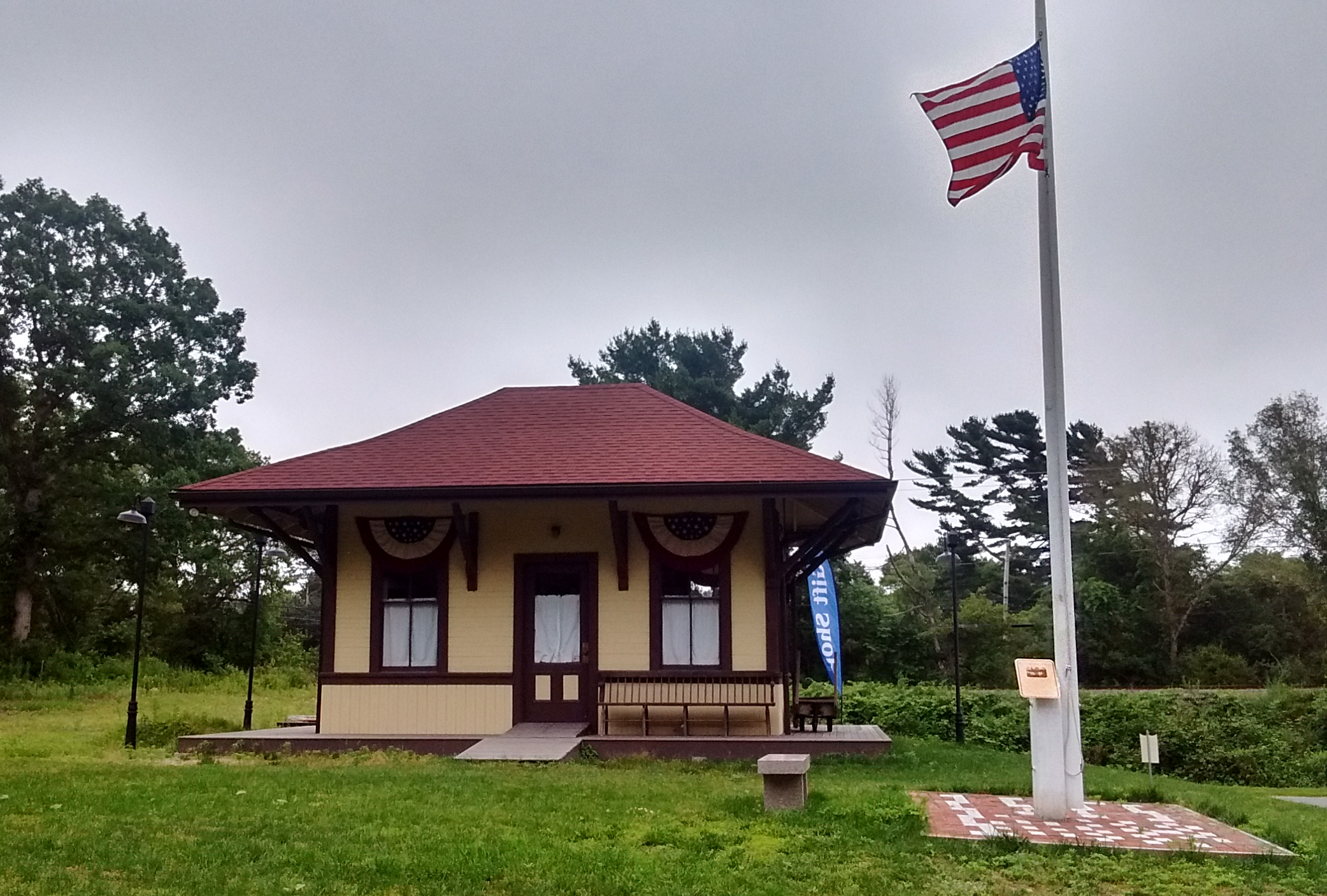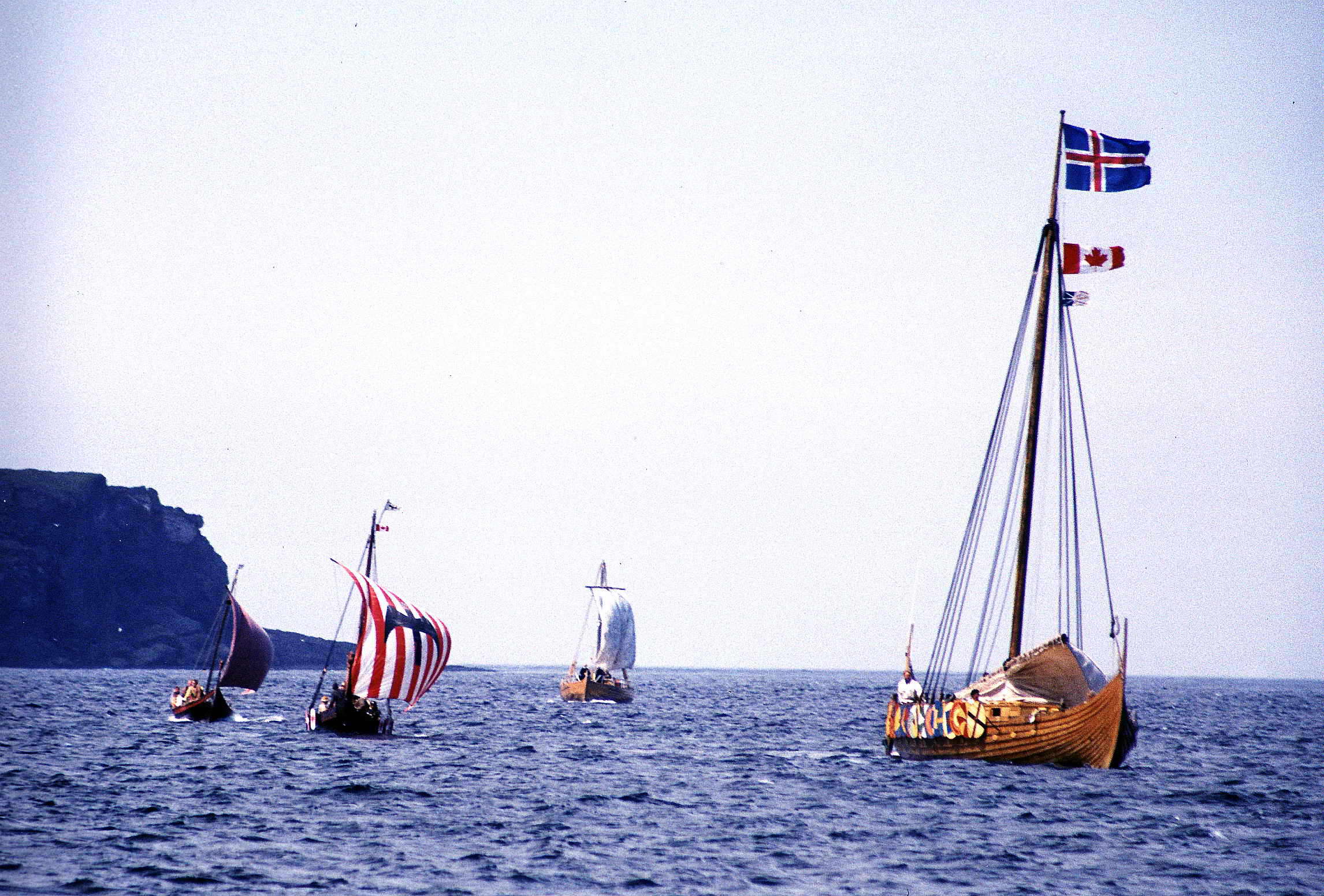|
Bourne Stone
The Bourne Stone is an archaeological curiosity located in the town of Bourne, Massachusetts. The stone is a 300-pound chunk of granite, upon which two lines of carvings were made. History According to the Archaeological Institute of America, the stone probably started as a doorstep of a Native American meeting house around 1680, then passed through several owners, landing at the Aptucxet Trading Post in Bourne about 1930. The stone has been displayed at the historical center since 2003. In 2004, Larry J. Zimmerman explained his own theory about the Bourne Stone in ''Collaboration In Archaeological Practice: Engaging Descendant Communities.'' He invited Norse runic expert Michael Barnes to examine the stone. Barnes stated that the markings were definitely not runic. Zimmerman and Patricia Emerson, Minnesota archaeologist, suggested that the markings looked like Native American petroglyphs. In 2016, Plymouth Archaeological Rediscovery Project member Craig Chartier upon closer ... [...More Info...] [...Related Items...] OR: [Wikipedia] [Google] [Baidu] |
Bourne, Massachusetts
Bourne ( ) is a town in Barnstable County, Massachusetts, United States. The population was 20,452 at the 2020 census. For geographic and demographic information on specific parts of the town of Bourne, please see the articles on Bourne (CDP), Buzzards Bay, Monument Beach, Pocasset, Sagamore, and Sagamore Beach. History Bourne was first settled in 1640 by Ezra Perry as a part of the town of Sandwich. Prior to its separation from Sandwich, the area was referred to as West Sandwich. It was officially incorporated in 1884, the last town to be incorporated in Barnstable County. It was named for Jonathan Bourne Sr. (1811–1889), whose ancestor Richard Bourne represented Sandwich in the first Massachusetts General Court and was the first preacher to the Mashpee Wampanoag on Cape Cod. The town lies at the northeast corner of Buzzards Bay and is the site of Aptucxet Trading Post, the nation's oldest store. It was founded by the Pilgrims in 1627 at a site halfway between the two riv ... [...More Info...] [...Related Items...] OR: [Wikipedia] [Google] [Baidu] |
Massachusetts
Massachusetts (Massachusett language, Massachusett: ''Muhsachuweesut [Massachusett writing systems, məhswatʃəwiːsət],'' English: , ), officially the Commonwealth of Massachusetts, is the most populous U.S. state, state in the New England region of the Northeastern United States. It borders on the Atlantic Ocean and Gulf of Maine to the east, Connecticut and Rhode Island to the south, New Hampshire and Vermont to the north, and New York (state), New York to the west. The state's capital and List of municipalities in Massachusetts, most populous city, as well as its cultural and financial center, is Boston. Massachusetts is also home to the urban area, urban core of Greater Boston, the largest metropolitan area in New England and a region profoundly influential upon American History of the United States, history, academia, and the Economy of the United States, research economy. Originally dependent on agriculture, fishing, and trade. Massachusetts was transformed into a manuf ... [...More Info...] [...Related Items...] OR: [Wikipedia] [Google] [Baidu] |
Granite
Granite () is a coarse-grained (phaneritic) intrusive igneous rock composed mostly of quartz, alkali feldspar, and plagioclase. It forms from magma with a high content of silica and alkali metal oxides that slowly cools and solidifies underground. It is common in the continental crust of Earth, where it is found in igneous intrusions. These range in size from dikes only a few centimeters across to batholiths exposed over hundreds of square kilometers. Granite is typical of a larger family of ''granitic rocks'', or ''granitoids'', that are composed mostly of coarse-grained quartz and feldspars in varying proportions. These rocks are classified by the relative percentages of quartz, alkali feldspar, and plagioclase (the QAPF classification), with true granite representing granitic rocks rich in quartz and alkali feldspar. Most granitic rocks also contain mica or amphibole minerals, though a few (known as leucogranites) contain almost no dark minerals. Granite is nearly alway ... [...More Info...] [...Related Items...] OR: [Wikipedia] [Google] [Baidu] |
Carvings
Carving is the act of using tools to shape something from a material by scraping away portions of that material. The technique can be applied to any material that is solid enough to hold a form even when pieces have been removed from it, and yet soft enough for portions to be scraped away with available tools. Carving, as a means for making stone or wooden sculpture, is distinct from methods using soft and malleable materials like clay, fruit, and melted glass, which may be shaped into the desired forms while soft and then harden into that form. Carving tends to require much more work than methods using malleable materials.Daniel Marcus Mendelowitz, ''Children Are Artists: An Introduction to Children's Art for Teachers and Parents'' (1953), p. 136. Kinds of carving include: * Bone carving * Chip carving * Fruit carving * Gourd carving or gourd art * Ice carving or ice sculpture * Ivory carving * Stone carving ** Petroglyph * Vegetable carving ** Thaeng yuak (Banana stalk carv ... [...More Info...] [...Related Items...] OR: [Wikipedia] [Google] [Baidu] |
Archaeological Institute Of America
The Archaeological Institute of America (AIA) is North America's oldest society and largest organization devoted to the world of archaeology. AIA professionals have carried out archaeological fieldwork around the world and AIA has established research centers and schools in seven countries. As of 2019, the society had more that 6,100 members and more than 100 affiliated local societies in the United States and overseas. AIA members include professional archaeologists and members of the public. The AIA has established many archaeological organizations and protected many historical sites in the world. The AIA has hosted an Annual Meeting every year for over 120 years, where archaeologists present their latest work. The institute also has established scholarships for students and awarded archaeologists for their contributions to archaeology. The institute publishes a scholarly journal, the '' American Journal of Archaeology'' (''AJA'') and the magazine ''Archaeology''. History T ... [...More Info...] [...Related Items...] OR: [Wikipedia] [Google] [Baidu] |
Aptucxet Trading Post
The Aptucxet Trading Post Museum is a small open-air historical museum in Bourne, Massachusetts. The main attraction is a replica of the 17th-century Aptucxet Trading Post which was built by the Pilgrims of Plymouth Colony in order to trade with the Wampanoag Indians and the Dutch. The museum also features a replica of a 19th-century saltworks, the relocated 19th-century Gray Gables Railroad Station, and a wooden smock windmill. The property was listed on the National Register of Historic Places in 2021. Aptucxet Trading Post In 1627, English colonists from Plymouth Colony established a trading post south of Plymouth at Aptucxet on the Manamet River (also known as the Manomet or Monument River) on upper Cape Cod. The post was the colonists' first permanent settlement on Cape Cod, although they had previously visited the Manamet River area to trade for corn and beans and to search for a missing colonist. The name Aptucxet is a Wampanoag word meaning "little trap in the river", ... [...More Info...] [...Related Items...] OR: [Wikipedia] [Google] [Baidu] |
Native Americans In The United States
Native Americans, also known as American Indians, First Americans, Indigenous Americans, and other terms, are the Indigenous peoples of the mainland United States ( Indigenous peoples of Hawaii, Alaska and territories of the United States are generally known by other terms). There are 574 federally recognized tribes living within the US, about half of which are associated with Indian reservations. As defined by the United States Census, "Native Americans" are Indigenous tribes that are originally from the contiguous United States, along with Alaska Natives. Indigenous peoples of the United States who are not listed as American Indian or Alaska Native include Native Hawaiians, Samoan Americans, and the Chamorro people. The US Census groups these peoples as " Native Hawaiian and other Pacific Islanders". European colonization of the Americas, which began in 1492, resulted in a precipitous decline in Native American population because of new diseases, wars, ethni ... [...More Info...] [...Related Items...] OR: [Wikipedia] [Google] [Baidu] |
Petroglyphs
A petroglyph is an image created by removing part of a rock surface by incising, picking, carving, or abrading, as a form of rock art. Outside North America, scholars often use terms such as "carving", "engraving", or other descriptions of the technique to refer to such images. Petroglyphs are found worldwide, and are often associated with prehistoric peoples. The word comes from the Greek prefix , from meaning "stone", and meaning "carve", and was originally coined in French as . Another form of petroglyph, normally found in literate cultures, a rock relief or rock-cut relief is a relief sculpture carved on "living rock" such as a cliff, rather than a detached piece of stone. While these relief carvings are a category of rock art, sometimes found in conjunction with rock-cut architecture, they tend to be omitted in most works on rock art, which concentrate on engravings and paintings by prehistoric or nonliterate cultures. Some of these reliefs exploit the rock's na ... [...More Info...] [...Related Items...] OR: [Wikipedia] [Google] [Baidu] |
Stone Rubbing
Stone rubbing is the practice of creating an image of surface features of a stone on paper. The image records features such as natural textures, inscribed patterns or lettering. By rubbing hard rendering materials over the paper, pigment is deposited over protrusions and on edges; depressions remain unpigmented since the pliable paper moves away from the rendering material. Common rendering materials include rice paper, charcoal, wax, graphite or inksticks. Over time, the practice of stone rubbing can cause permanent damage to cultural monuments due to abrasion. For an artist, stone rubbings can become an entire body of creative work that is framed and displayed. Technique The paper that has been used by Chinese scholars to transfer the calligraphy from stones is made from plant fiber. It can be used in two ways to retrieve the calligraphy. One way requires the paper to be dry and then adhered to the stone through a paste made with water and a starch that is made from rice or whea ... [...More Info...] [...Related Items...] OR: [Wikipedia] [Google] [Baidu] |
North American Runestone Hoaxes
North is one of the four compass points or cardinal directions. It is the opposite of south and is perpendicular to east and west. ''North'' is a noun, adjective, or adverb indicating direction or geography. Etymology The word ''north'' is related to the Old High German ''nord'', both descending from the Proto-Indo-European unit *''ner-'', meaning "left; below" as north is to left when facing the rising sun. Similarly, the other cardinal directions are also related to the sun's position. The Latin word ''borealis'' comes from the Greek '' boreas'' "north wind, north", which, according to Ovid, was personified as the wind-god Boreas, the father of Calais and Zetes. ''Septentrionalis'' is from ''septentriones'', "the seven plow oxen", a name of ''Ursa Major''. The Greek ἀρκτικός (''arktikós'') is named for the same constellation, and is the source of the English word ''Arctic''. Other languages have other derivations. For example, in Lezgian, ''kefer'' can mean b ... [...More Info...] [...Related Items...] OR: [Wikipedia] [Google] [Baidu] |
Pre-Columbian Trans-oceanic Contact
Pre-Columbian transoceanic contact theories are speculative theories which propose that possible visits to the Americas, possible interactions with the indigenous peoples of the Americas, or both, were made by people from Africa, Asia, Europe, or Oceania prior to Christopher Columbus's first voyage to the Caribbean in 1492 (i.e., during any part of the pre-Columbian era). Studies between 2004 and 2009 suggest the possibility that the earliest human migrations to the Americas may have been made by boat from Beringia and travel down the Pacific coast, contemporary with and possibly predating land migrations over the Beringia land bridge, which during the glacial period joined what today are Siberia and Alaska. Whether transoceanic travel occurred during the historic period, resulting in pre-Columbian contact between the settled American peoples and voyagers from other continents, is vigorously debated. Only a few cases of pre-Columbian contact are widely accepted by mainstream ... [...More Info...] [...Related Items...] OR: [Wikipedia] [Google] [Baidu] |







